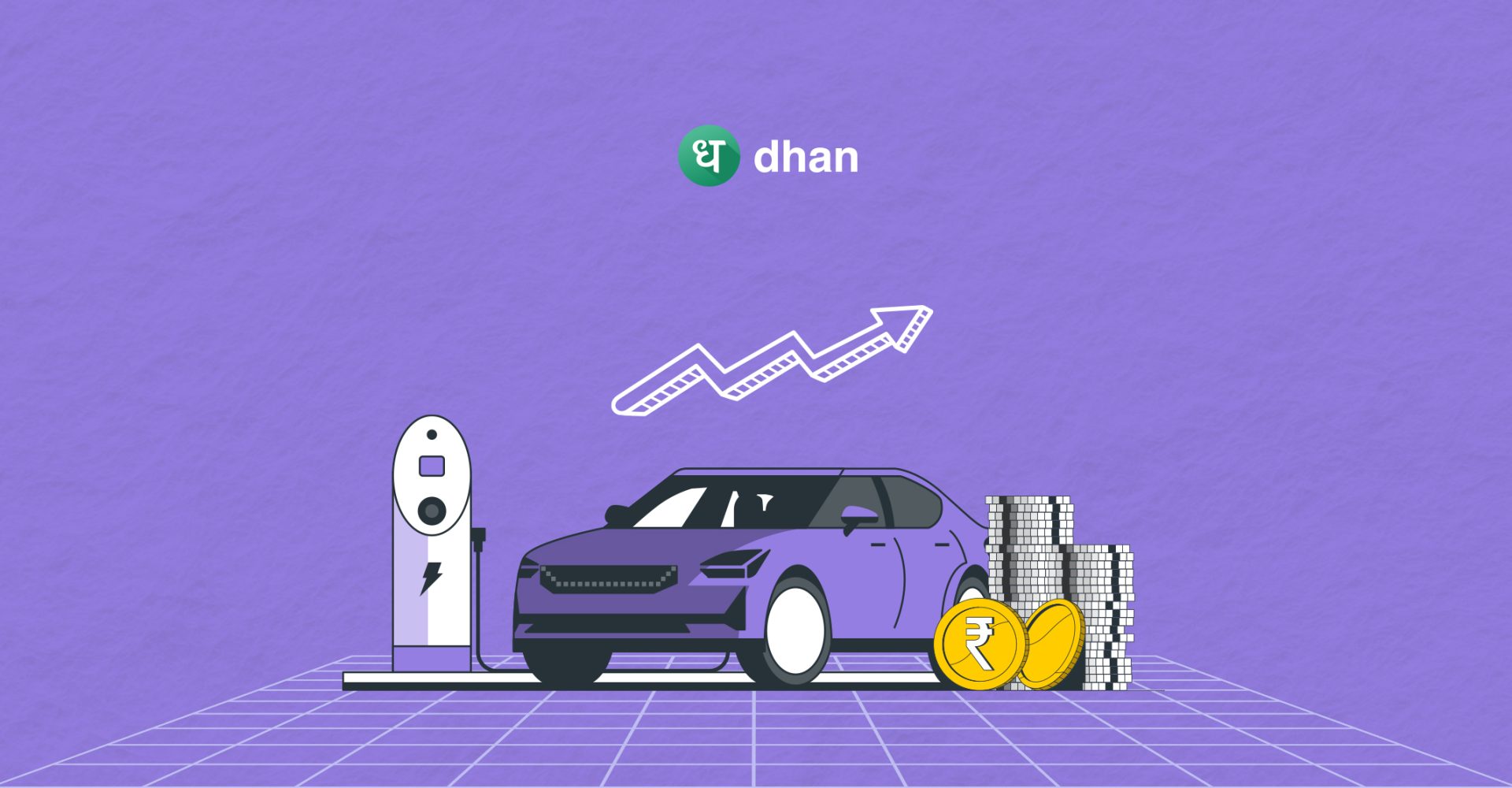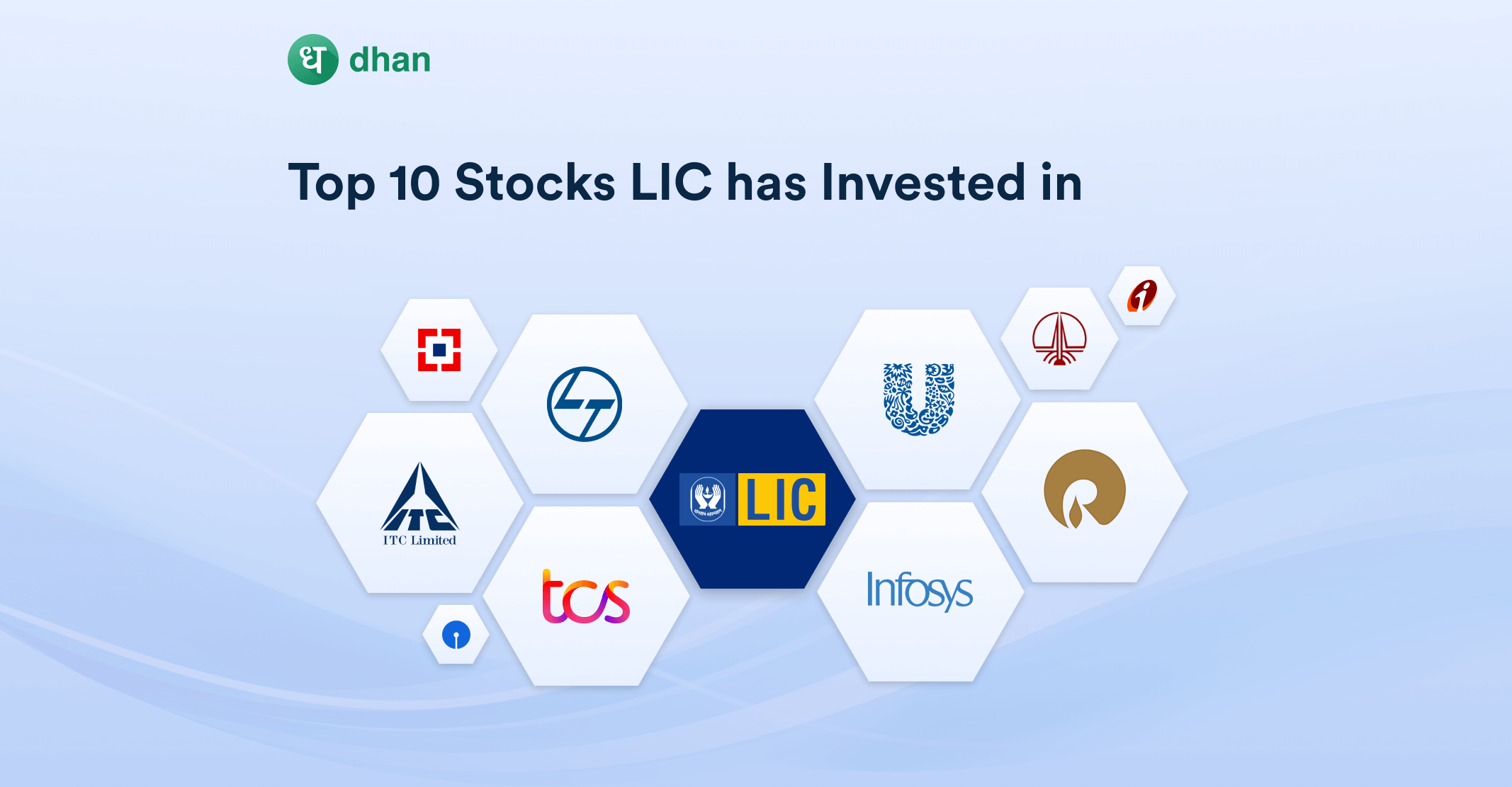The electric vehicle market is on the rise with people’s awareness of the adverse effects of fossil fuel-powered vehicles on the environment. This is further supported by technological advancements, government support, and changing consumer preferences. In this blog, we will explore the rise of the EV market in India.
Overview of the EV Market
The EV industry includes all aspects of electric vehicle production, from manufacturing to sales and infrastructure development. Due to rising levels of pollution and a widespread need for sustainable modes of transport, interest in electric mobility has grown in India.
This is accompanied by the automakers launching hybrid cars in India to cater to customers’ needs. Hybrid cars combine traditional internal combustion engines with electric propulsion, offering consumers a bridge between conventional and fully electric options. This can ultimately result in building the trust of people in EV vehicles.
The Indian government has recognized the urgent need for a shift towards the EV market and has set ambitious targets of having 30% electric vehicle adoption in the country by 2030. It has started the Faster Adoption and Manufacturing of Hybrid and Electric Vehicles Scheme (FAME) to foster the adoption and usage of electric vehicles via a combination of subsidies for buyers and tax incentives for sellers. The government has allotted ₹10,000 crore, under the FAME scheme to encourage the use of electric cars and the construction of charging stations.
With the booming electric vehicle ecosystem, EV stocks in India are likely to benefit. By 2032, sales of electric vehicles (EVs) in India are anticipated to reach 27.2 million units annually at a Compound Annual Growth Rate (CAGR) of 35%.
This rise in EV stocks India reflects investor confidence in this sector’s potential. For instance, Tata Motors’ stock price has shown tremendous growth from 2021 to late 2024, driven by strong demand for its Nexon EV model and plans for new launches. Similarly, Mahindra & Mahindra’s stock has also benefited from its aggressive push into electric mobility.
Key Drivers of EV Industry Growth
Some key drivers of the growth of EV industry in India are mentioned below:
1. Government Incentives
The Indian government has introduced various policies to promote EV adoption, including reduced GST rates on electric vehicles and subsidies for manufacturers under the FAME II scheme. These initiatives aim to lower costs for consumers and encourage manufacturers to invest in electric mobility.
2. Infrastructure Development
The expansion of charging infrastructure is critical for supporting the growing number of electric vehicles on the road.
As of 2025, there are over 25,202 public charging stations across India, with plans to increase this number significantly in the coming years. Also, companies like Maruti Suzuki plan to install fast-charging stations every 5-10 kilometers across major cities to facilitate easier access to charging facilities.
3. Consumer Demand
With rising awareness about climate change and pollution, consumers are increasingly opting for sustainable transportation solutions. In 2024, electric car sales in India rose by 20%, reaching approximately 100,000 units sold. This share is projected to double by the end of 2025.
The shift is particularly evident among younger consumers who prioritize sustainability and are more willing to adopt new technologies.
4. Technological Advancements
Innovations in battery technology are also driving growth in the EV sector. With advancements leading to longer battery life and reduced charging times, manufacturers can offer more competitive products that meet consumer expectations.
Additionally, the development of ultra-fast charging infrastructure and wireless charging technologies makes electric vehicles accessible choices for everyday consumers. For example, companies like Ather Energy have introduced scooters that can be charged within an hour using fast chargers.
5. Rising Fuel Prices
The ever-increasing prices of petrol and diesel are pushing consumers to look for alternatives. As of January 2025, the average price of Diesel is around ₹90 per liter while average petrol prices are around ₹100 per liter in many urban areas across India.
In contrast, EVs offer significantly lower running costs compared to conventional vehicles, making them an attractive option for budget-conscious buyers.
Future Projections
Looking ahead, the EV industry in India is expected to witness substantial growth driven by new launches and innovations. In 2025 alone, around 28 new vehicle launches are planned across various segments—18 of those being fully electric models. This marks a significant increase from previous years when only 4-5 EV models were introduced annually. In 2023 only 11 new vehicles (both internal combustion engine and electric vehicle) were introduced whereas in 2024, that number had increased to 15.
The Indian government aims for at least 30% of all vehicles on Indian roads to be electric by 2030—a target that will require significant investments in both infrastructure and technology development. It is also making significant infrastructure investments in order to build 1.32 million charging stations by 2030.
By 2030, the Indian EV finance market is expected to grow to a value of Rs. 3.7 lakh crore (US$50 billion), according to NITI Aayog and the Rocky Mountain Institute (RMI). To achieve this goal, collaboration between automakers, technology providers, and government agencies will be crucial.
Conclusion
The rise of the EV industry in India signifies a pivotal shift towards sustainable transportation solutions that align with global environmental goals. With robust government support, increasing consumer interest, and significant investments from established automakers and startups, India’s transition towards electric mobility is well underway.




